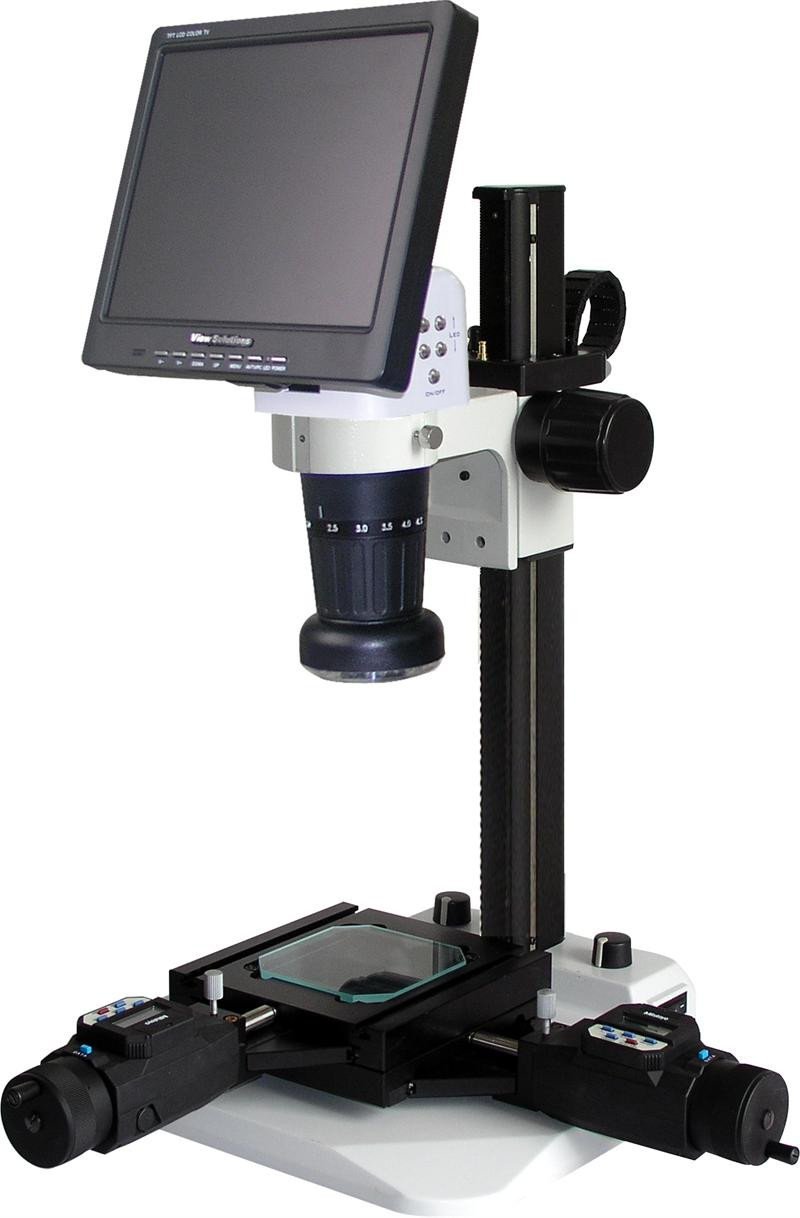

Mary Mullins, at the University of Pennsylvania. Meet Francesca Tuazon, a graduate student pursuing her PhD in the zebrafish lab of Dr.

Pennsylvania, uses a stereomicroscope to view zebrafish embryos. Microscopes In the Lab Francesca Tuazon, a graduate student at the University of Has a larger working distance, making it easier to put large specimens like petri dishes under the lens without any obstruction but making it difficult to see as much detiail if the specimen is too small Light shines from above down onto the specimen, and sometimes from underneath as well This type of microscope typically has two eyepieces to look through (binocular) Has a single objective lens usually with lower magnification (1X, 2X, 3X, etc.) allowing you to reach a total magnification of 10X-30X Has a shorter working distance, making it perfect for thin slides but hard to squeeze a large petri dish onto the stage without the edges hitting the objective lens)ĭissecting Microscope, a.k.a. Light shines from underneath so the specimen must be thin enough for light to pass through it Has several objective lenses of different strengths (4X, 10X, 40X, etc.) allowing you to reach a total magnification of 40X-400XĬlassroom compound microscopes usually have one eye piece to look through (monocular), although some compound microscopes can be found with two

So what’s the difference? We can actually use either kind for the BioEYES zebrafish lab. Dissecting MicroscopesīioEYES typically brings stereomicroscopes into the classroom, but many times a teacher or school already has some compound microscopes.


 0 kommentar(er)
0 kommentar(er)
